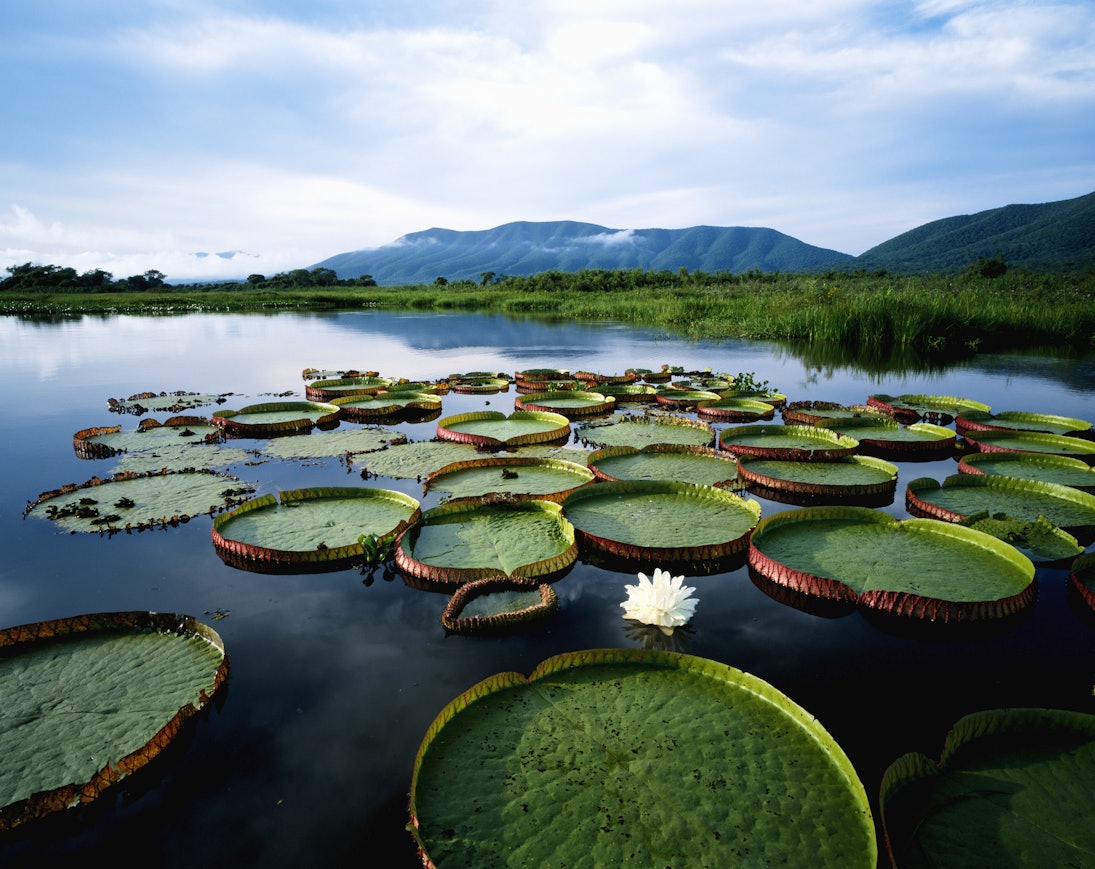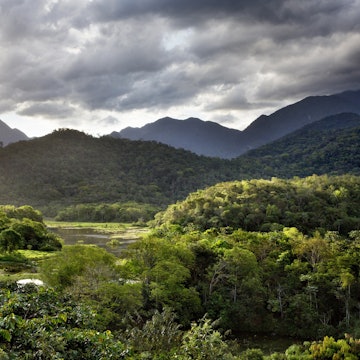

©Nat Photos/Getty Images
Overview
Much like its national cocktail, the caipirinha, Brazil is an intoxicating blend of tropical flavors that packs a punch of unforgettable experiences. From powdery white-sand beaches and wildlife-filled rainforests to thundering waterfalls, pumping surf, and frozen-in-time colonial towns, Brazil travel offers an endless mix of adventure and beauty. Add in thundering waterfalls, pumping surf and frozen-in-time colonial towns, and Brazil's allure becomes undeniable. Not sure where to start planning your Brazil trip? Get inspired with expert tips on top attractions, the best beaches, and the ideal time to visit.
Plan your trip with Guide, an AI travel planner!
Create a personalized trip itinerary in seconds using artificial intelligence.
Must-see attractions
Planning Tools
Expert guidance to help you plan your trip
Best Things to Do
Nature and wildlife, carnaval and street parties, and incredible food – here's what not to miss in Brazil.
Read full article
Best Places to Visit
Dazzling Brazil has a massive footprint – pick the top spots for your itinerary, from steamy rainforests and tropical savannas to exciting cities.
Read full article
Best Time to Visit
There’s always something fabulous happening in Brazil. Whether you want Amazon adventures, beach days or more, these are the best times to visit.
Read full article
Things to Know
There are endless ways to experience Brazil, but these are the top things to know if you want to plan a trip that goes above and beyond.
Read full article
Transportation
Find your way around in Brazil with this guide to the country's transportation.
Read full article
Visa Requirements
Brazil is one of South America's big hitters, and getting a visa is easy for most nationalities. Here’s everything you need to know.
Read full article
Money and Costs
Everything you need to know to make your money go further in Brazil.
Read full article
Traveling with Kids
With top tips on safety and places to go, find the perfect activities for all age groups on your family trip to Brazil.
Read full article
Best Road Trips
From coastal drives to winding mountain roads, getting behind the wheel in Brazil opens up a world of natural wonders. Here are Brazil's best road trips.
Read full article
Get Connected
Stay connected on your travels in Brazil with this guide to cell phone networks, wi-fi and mobile internet.
Read full article
Get a book. Get inspired. Get exploring.
in partnership with getyourguide




















